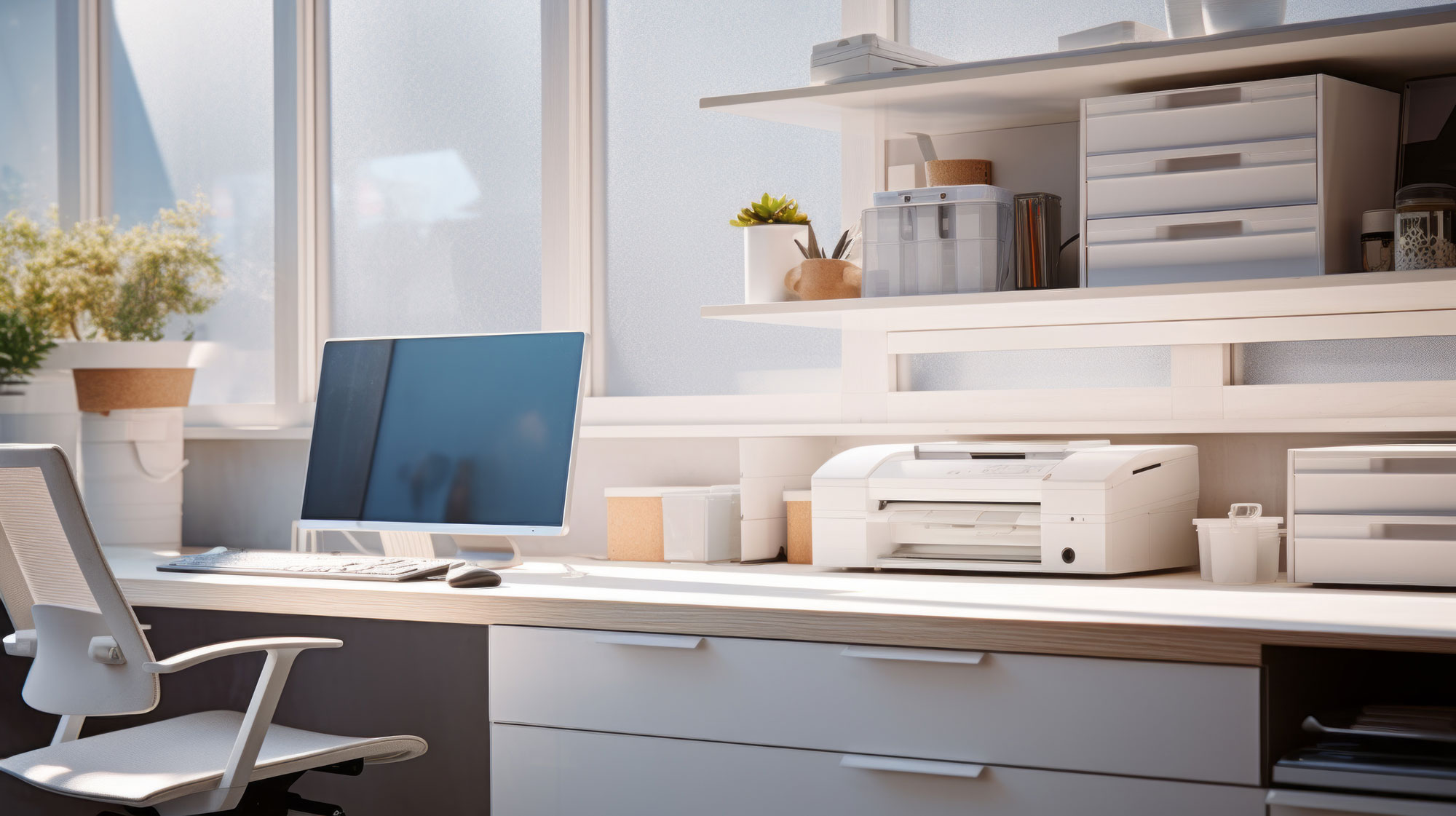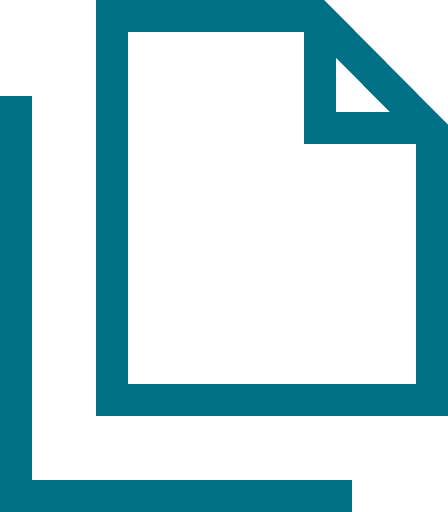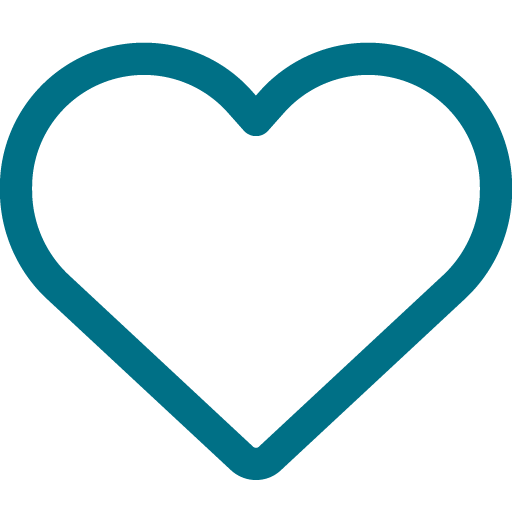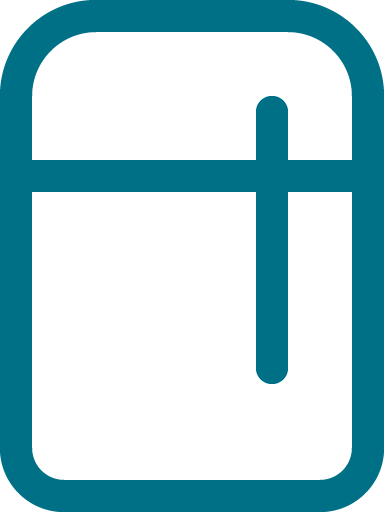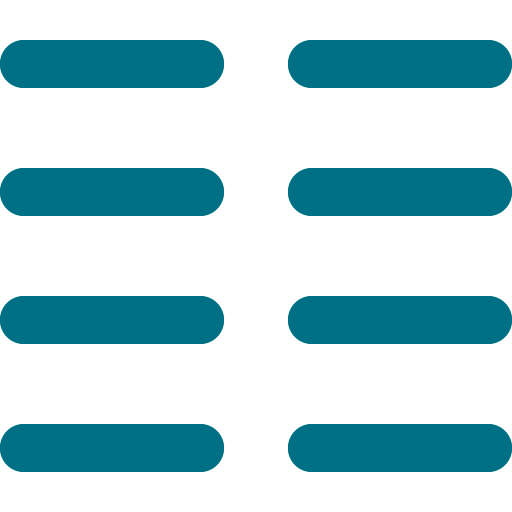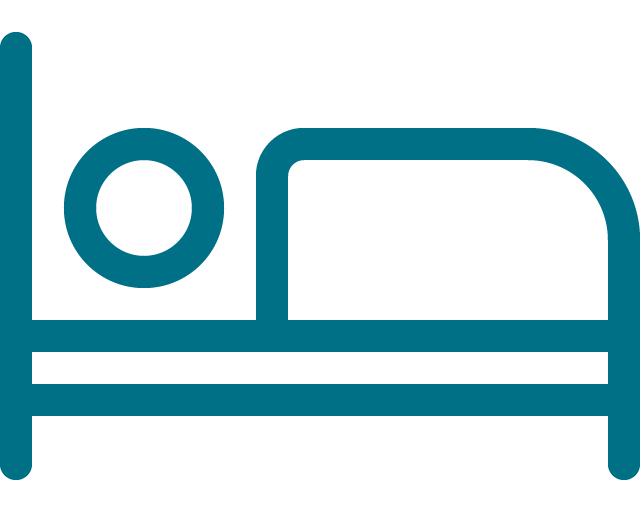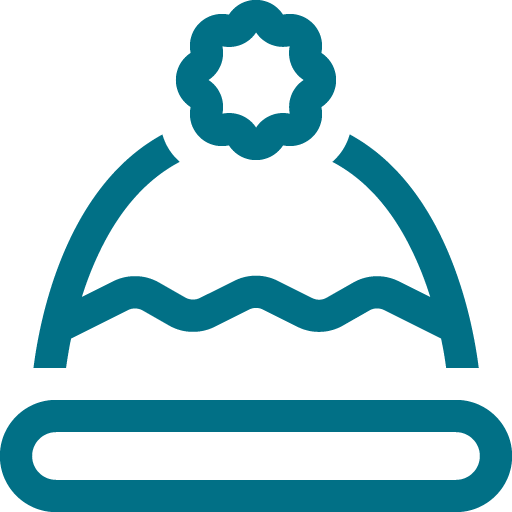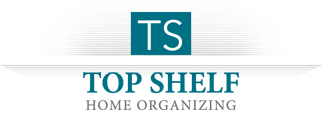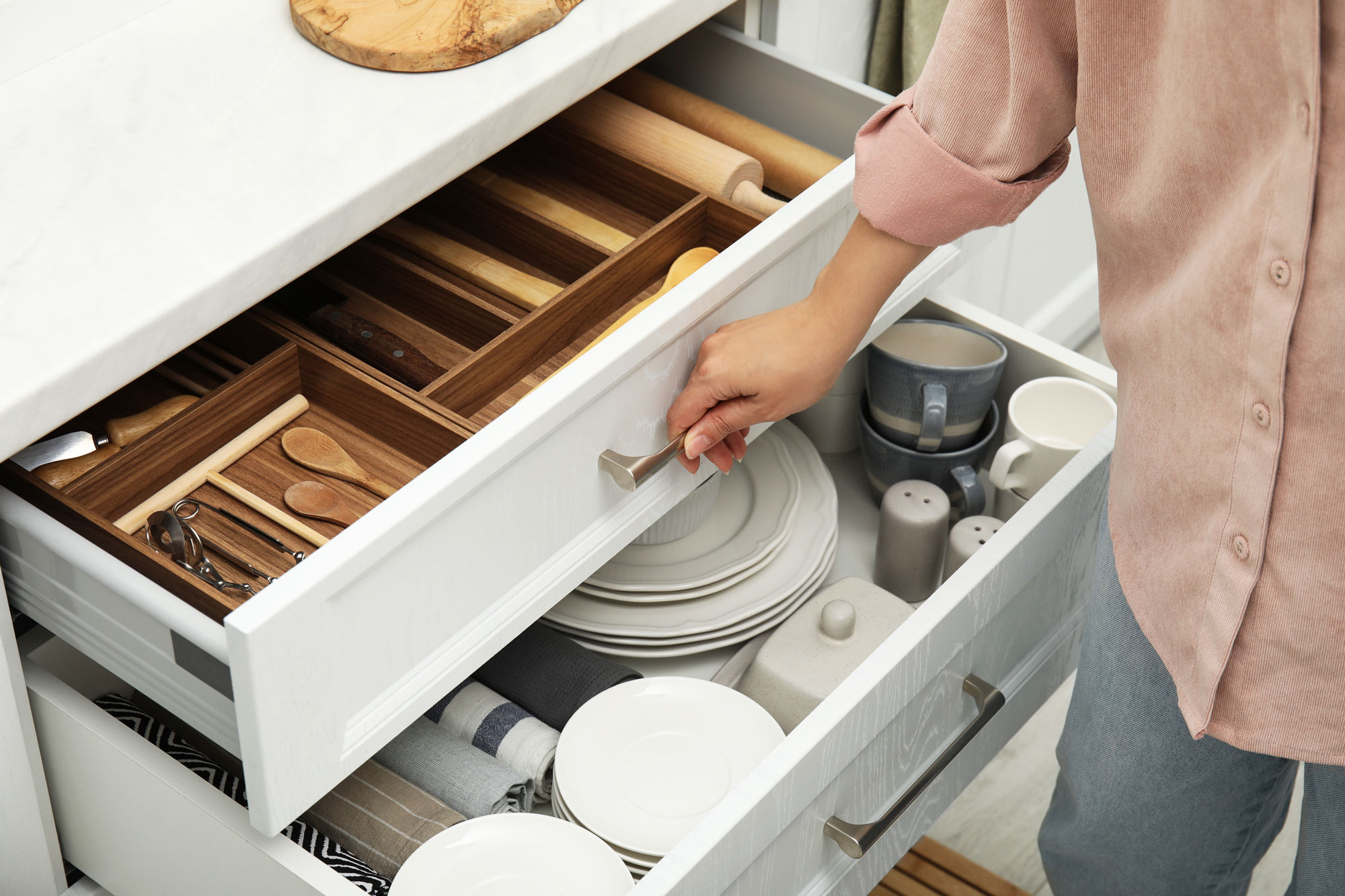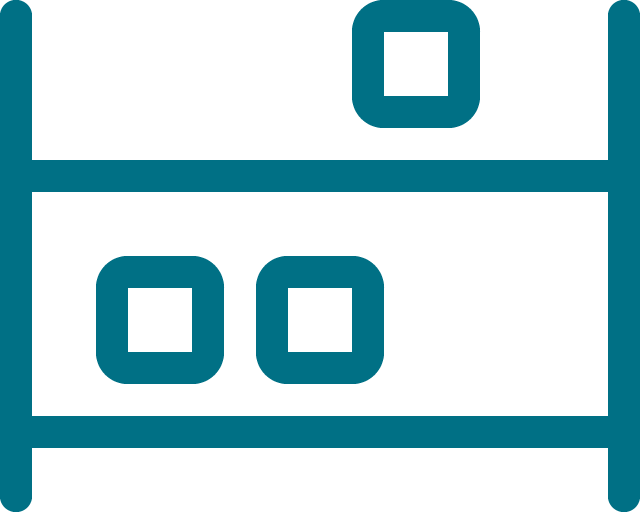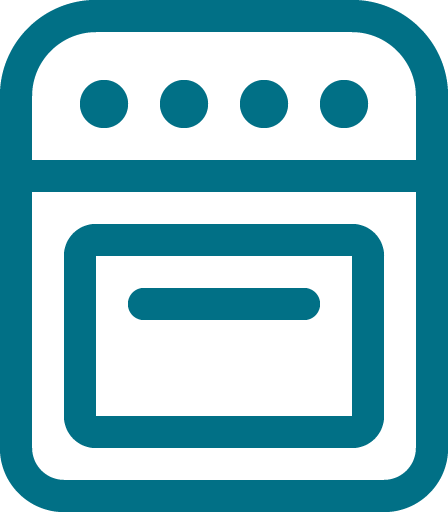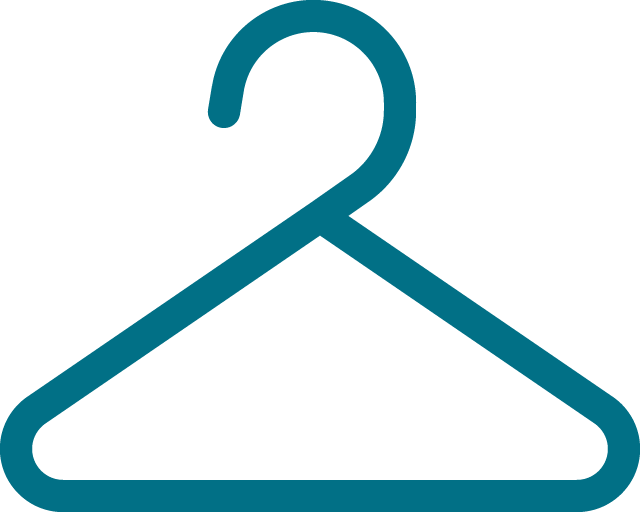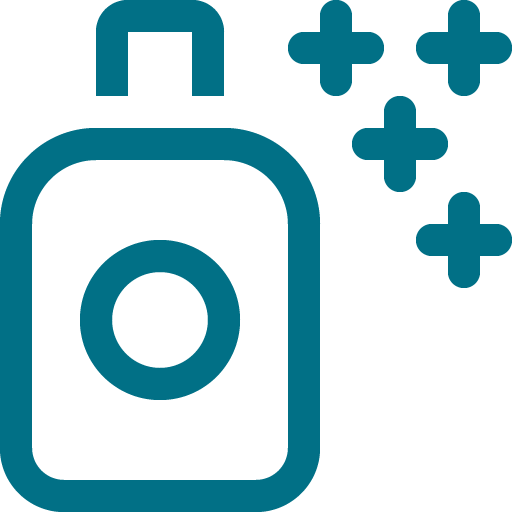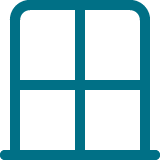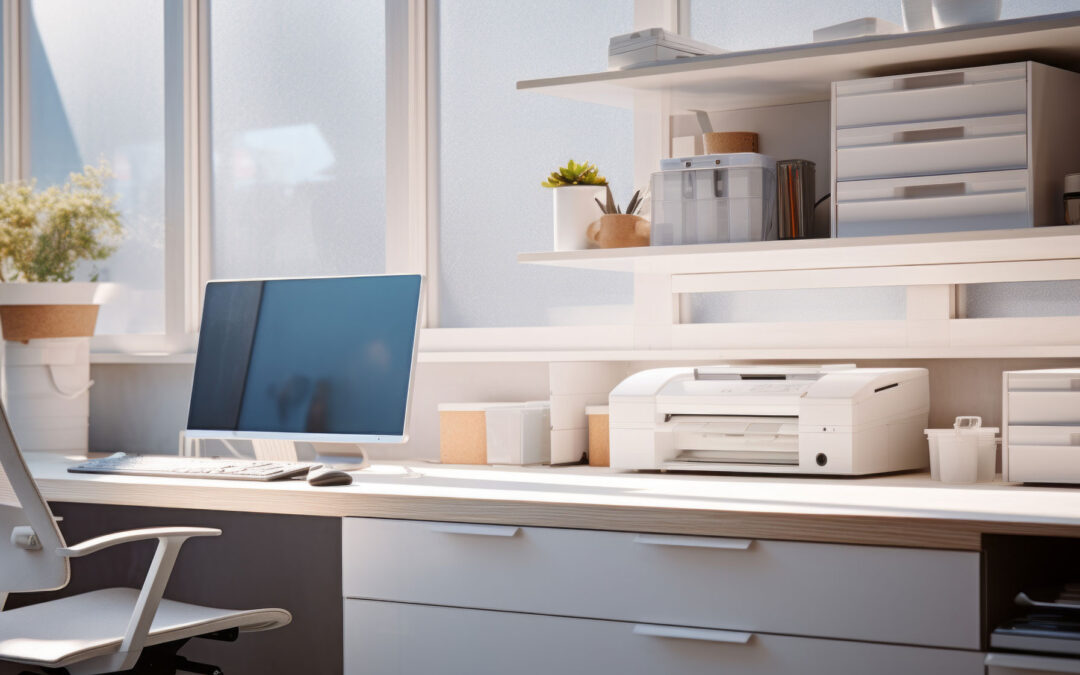
by Jayme Radomski | Feb 12, 2024 | Cleaning, Closets, Digital, Eating & Kitchen, Money & Paper Management, Office, Organizing
Getting organized in February is a great idea as it can set a positive tone for the rest of the year. We love the idea of resetting your home before the warm spring air returns. Here are eight areas to focus on in February:
Declutter and organize your home office. File away paperwork, clean up your desk, and declutter digital files.
Declutter your digital life by organizing your computer files, emails, and apps. Delete unnecessary files and create a system for better organization.
Start organizing your financial documents for tax season. Create a system for keeping track of receipts, invoices, and important documents.
If you decorate for Valentine’s Day, take the time to organize and store those decorations once the holiday is over. Purge the decorations you don’t use.
Check the expiration dates of food items in your pantry and refrigerator. Discard any expired items and organize your shelves.
Straighten up your linen closet. Fold and organize towels and sheets, and discard any worn-out or mismatched items.
Tidy up your bedroom closet by decluttering clothes, shoes, and accessories. Donate or sell items you no longer need.
Sort through your winter wardrobe and donate or store items you won’t be needing for the remainder of the season. Organize coats, scarves, and gloves in a designated area for easy access.
Remember to take it one step at a time, and don’t be afraid to enlist the help of family members or roommates. Setting aside dedicated time each day or weekend can make the process more manageable and less overwhelming. The organizers at Top Shelf Home Organizing are happy to help. Reach out to Jayme for any questions you have on organizing your home and office.
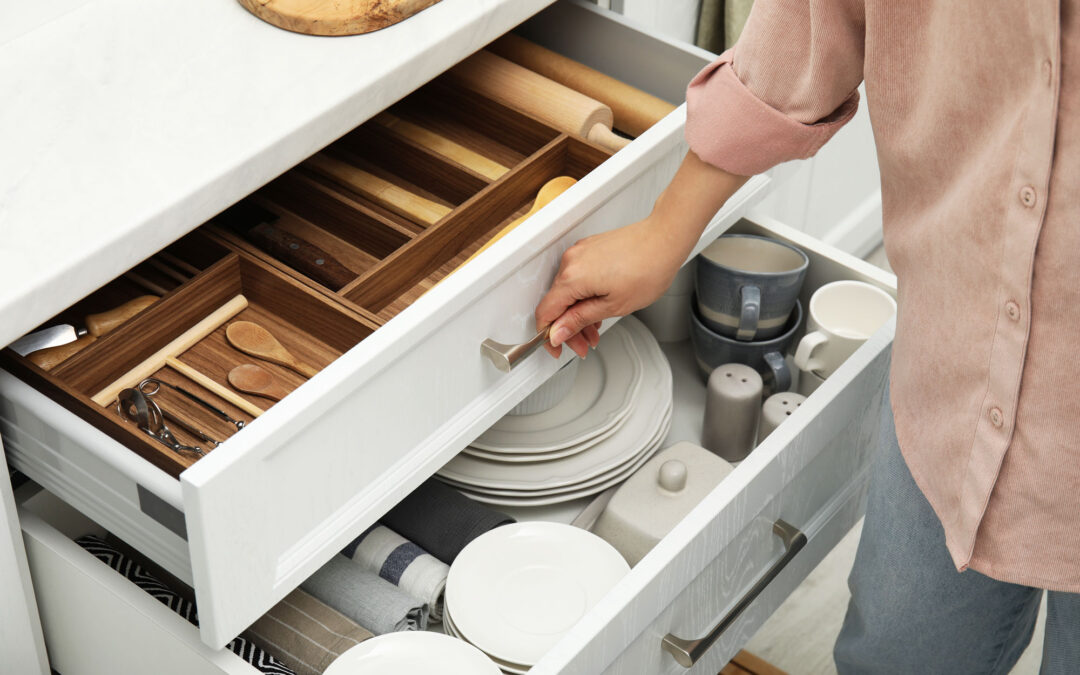
by Jayme Radomski | Jan 8, 2024 | Bathroom, Cleaning, Closets, Clutter, Cooking & Kitchen, Digital, Eating & Kitchen, Office, Organizing, Pantry, Self Care, Bathroom
Organizing your home in January is a great way to start the year fresh and create a more comfortable and efficient living space. Here are some suggestions for areas you might consider organizing. Choose one or two impactful areas to start.
- Declutter by removing items that don’t belong or that you no longer need.
- Clean and organize entertainment centers, shelves, and tables. Wipe furniture down while it’s emptied.
- Clean out your pantry and discard expired items. Plan your meals based on remaining items.
- Organize kitchen cabinets and drawers. Consider using containers for loose items if it makes sense.
- Wipe down and clean appliances.
-
Rotate and flip your mattress.
-
Launder and store seasonal bedding and clothing.
-
Declutter bedside tables and dressers.
- Go through your clothes and donate or sell items you no longer wear.
- Organize clothes by category (e.g., shirts, pants, dresses) and color.
- Consider investing in storage solutions like bins, baskets, or closet organizers after you have gone through your clothes.
- Dispose of expired medications, toiletries, and beauty products.
- Remove products you do not like. Donate unopened items you do not want.
- Organize cabinets and drawers, using containers or dividers.
- Wipe down cabinets and drawers for a fresh start.
- Scrub toilets and showers.
n
- Declutter your workspace. Remove unnecessary items.
- Organize cables and cords.
- Clean your computer and backup important files.
i
- Sort through important documents. File or scan items you need. Shred or recycle documents you don’t need.
- Set up an organized filing system for unopened mail, bills to pay, items to file and items to do. It is also good to have a tax file where you can dump any items you will need for preparing your taxes.
- Clean up your computer desktop and organize files.
- Back up important digital files and photos.
- Clear unused apps from your smartphone.
- Dust and clean all surfaces.
- Clean windows and curtains.
- Deep clean carpets, rugs, and upholstery.
Remember to set realistic goals and take it one step at a time. Breaking down the tasks into smaller, manageable steps can make the process less overwhelming. Consider involving other members of your household to make it a collaborative effort. Join an on-line decluttering group such as 30-Day Declutter Challenge to keep you motivated and accountable.
Being organized is a process, and it’s important to approach it at a pace that feels comfortable for you. Start small, plan one event at a time and develop systems to maintain organization. Gradually, you’ll experience the positive impact and being organized will come naturally. If organizing is daunting task, the professional organizers at Top Shelf Home Organizers are happy to help. Contact Jayme for a consultation.
by Jayme Radomski | Sep 10, 2019 | Office, Productivity
 We have researched tips and tricks on how to create and maintain an organized office to increase your productivity. An organized office includes a system to manage information and an environment that encourages productivity. You can create a comfortable and organized workspace to make your work time more productive and enjoyable. Here are some of our favorite tips.
We have researched tips and tricks on how to create and maintain an organized office to increase your productivity. An organized office includes a system to manage information and an environment that encourages productivity. You can create a comfortable and organized workspace to make your work time more productive and enjoyable. Here are some of our favorite tips.
Workspace
Your work environment is so important to your productivity. How the space feels to you and where items are located affect the quality of your workspace.
Lighting
Consider a well-lit workspace. If natural light is not an option, look for lighting that mimics that of natural light. Be generous on the quantity and location of light fixtures. Also consider the type of light bulbs you install. While fluorescent and LED light bulbs are more economical, those sensitive to this lighting may consider traditional incandescent lighting or warm colored LED bulbs.
Desk Location
Place your desk or work surface in an area that embraces productivity instead of distractions. You may not want to sit where passersby are tempted to stop to chat, or where noises are a distraction. If you have a home office, your most productive place is likely not in the kids’ playroom. Instead consider a room that is relatively far away from the family action.
Office Equipment
Have your work equipment in a location that is convenient, but not necessarily on your desktop. Equipment that is used frequently throughout the day should be placed near your workspace. Computer and phone are located on your desk. If you do a lot of video conferencing, your camera should be on your desk ready to go. If you do a lot of scanning, keep your scanner near your desk. Needing to run to another room or another floor to retrieve a print out will have an impact on your productivity. Other frequently used equipment should be placed on a separate piece of furniture nearby, or where it can be easily accessed.
Storage
If you are a visual person and tend to create piles on your desktop so that you know right where things are, consider open shelving for your files. If you feel most productive when things are tucked away out of site, then a file cabinet system will work well for you. Either system should be well-labeled so that everything has a place and retrieval of information is easy. Other office basics are important to your workspace, as well. These basics include a good sized trash can and recycle container, a supportive chair, right-sized desk or work surface, and containers to corral office supplies such as pens, pencils, tape, stapler, paperclips and notepads.
Information Management
Information management, traditionally referred to as paper management, is best completed by a structured system in place to receive, store and reference all the information that comes to you. A structured information management system works if your information is primarily in paper form, digital form or a combination. Similar management systems are set up to manage paper and digital information. Keep in mind that you want to have current projects and information accessible, while past projects and information can be filed away. This will free up space for what you are working on now, but you will still have past projects organized and accessible for future reference.
When you receive information, have an initial place for this information to go. There are five categories for this initial storage system. This system works for emails, physical papers and digital information. This initial storage system is designed to hold information for a few days to up to a month depending on the pace of your work.
- Follow Up
This file is where you place information that needs to be addressed in the near term. This file is addressed during a scheduled time you allocated to follow up on these items. You may need to allow for this time daily, weekly or even monthly. Sub files can be created based on the timeframe required for each action.
- To Do
This file is very similar to your to-do list. This is where you place items that have a deadline and cannot be overlooked. This may include membership renewals, client follow ups, etc. This file may also include emails and publications that you wish to unsubscribe from. This file may also be called “Waiting on Response,” if your workflow is dependent on others to respond or complete tasks.
- To Read
This file is where you place items that you intend to read and absorb at a later time. These items do not necessarily have a deadline, but instead are items of interest to you. This file is designed to prevent you from getting distracted by an interesting article when you are in the process of completing other tasks.
- To Pay
This is the file where you place items that have to be paid by a certain date. This can include vendor invoices, utility bills, credit card statements, etc. This file is kept separate from the to-do file since it involves money, and timely payment is important due to budgets and due dates.
- To File
A file designated to items that need to be filed is also important. This is where you place items that have been addressed, but eventually need to be filed for long-term storage. This includes physical files, digital files and emails.
- Long-term
A long-term file is where information that needs to be saved can be archived. When you receive an email or piece of mail that can go directly into longer term filing, set up a system that does this for you automatically. Emails can be automatically labeled and filed without any additional work on your part.
Be Consistent
Setting up a consistent filing system for the long-term files is very important. For example, if you have file folder on your hard drive or in the cloud for storing client invoices, you will likely have an email file for the same client. Naming these similar files in a consistent way will make retrieving information much more efficient. If you have an invoice from Top Shelf Home Organizing, you might consider creating a file titled “Top Shelf Home Organizing” on both your drive and your email. If you identify your clients with a contract number, consider utilizing the contract number in your file naming convention. The important point here is to keep the naming convention consistent across physical files, digital files and email files.
IF setting up and/or maintaining a productive office environment and structured filing system is overwhelming, consider having an office assistant or a professional organizer help you. See if Top Shelf Home Organizing can help you get your next organizing project started and completed. Contact Jayme to schedule a consult or chat about organizing.

